Find the right pedalboard solution for you on eBay
Get your pedalboard fully kitted out with these pedal essentials
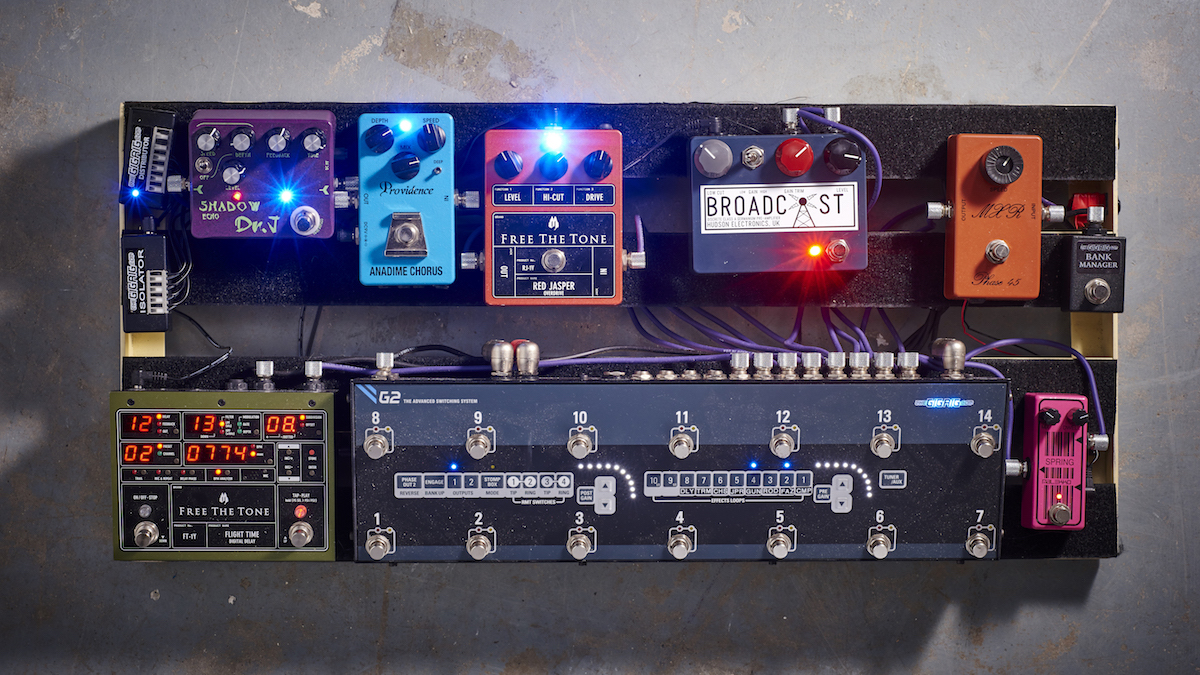
For guitarists, a well-stocked pedalboard is a source of great pride. Each individual pedal has been chosen specifically to elevate your sound, helping create your own bespoke tone machine. Yet there’s more to a pedalboard than pedals, right? In this guide we’ll show you some of the best pedalboard solutions on eBay, covering all those little added extras that will help you get the most out of your rig.
From those small-but-important tools that make your life easier, right through to gear that will allow you to play free from your amp, we’ve got the lot. Let’s take a look.
Pedalboards
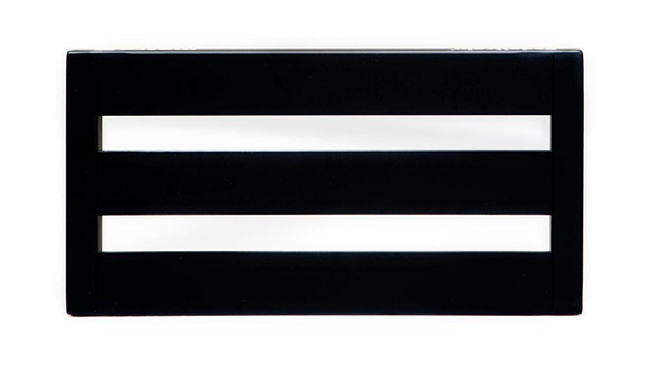
The grimy floor of your rehearsal room is no place to store your prized pedals. Investing in a dedicated pedalboard elevates your stompboxes, and gives them a place to call home. From simple but rugged metal boards through to three tier platform stands, a decent pedalboard is a worthwhile investment for any player. Look for neat touches like integrated wire and cable routing, and space to expand as your pedal collection grows. Which it inevitably will.
It’s quite common to see pedalboards that double up as cases too, which makes them doubly appealing for touring musicians.
Patch Cables
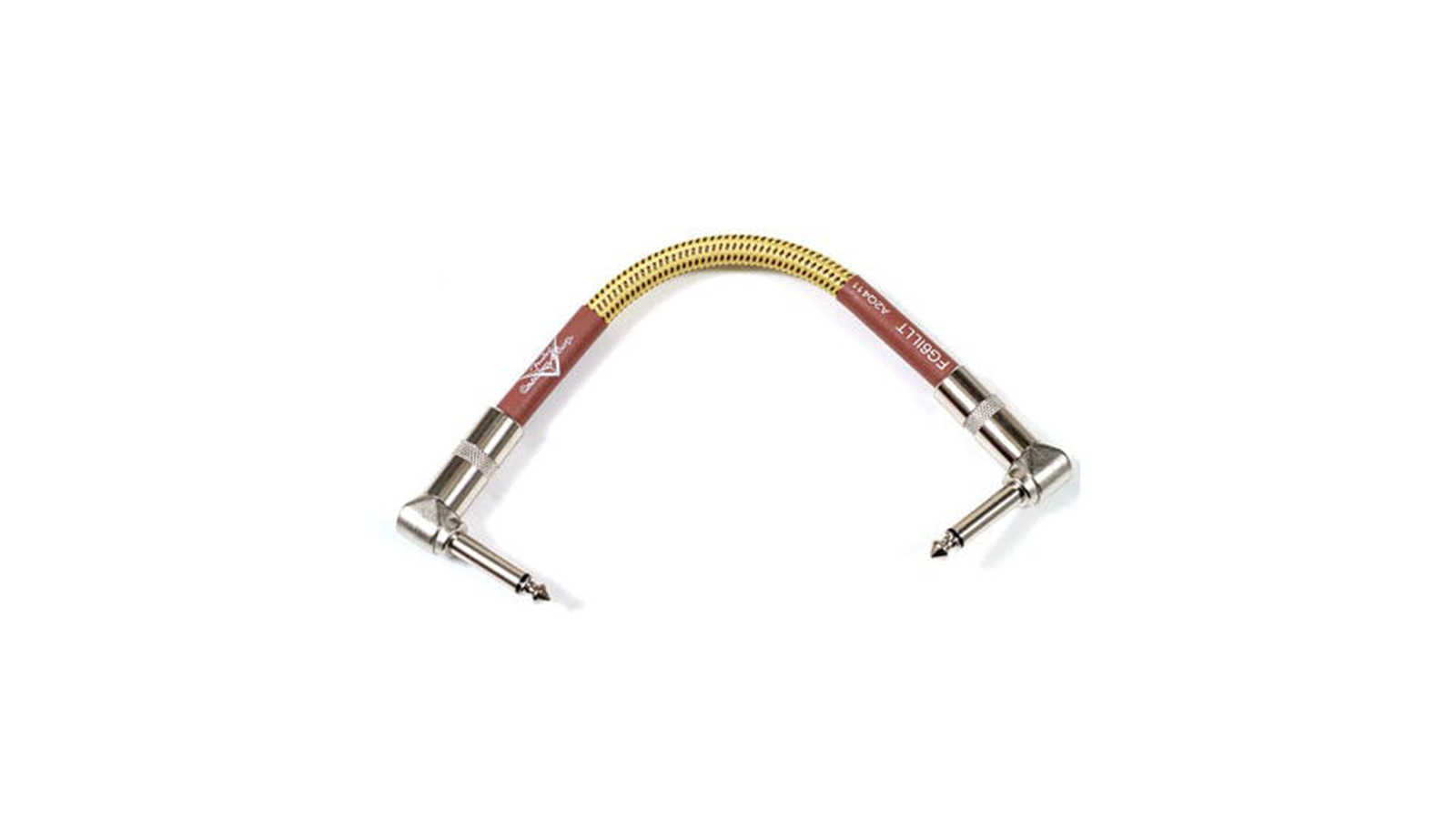
Setting up a pedalboard can be not dissimilar to a game of Tetris, as you try to balance the needs of your signal chain with the space available to you. Using regular guitar leads to connect pedals is fine at a pinch, but for serious pedal fans you’ll want to switch to using dedicated patch cables.
These miniaturized cables – usually around 6” in length - allow you to place pedals closer together without having annoying loose cables everywhere. Look for ‘pancake’ headers too, which reduce the footprint even further.
9V Daisy Chains
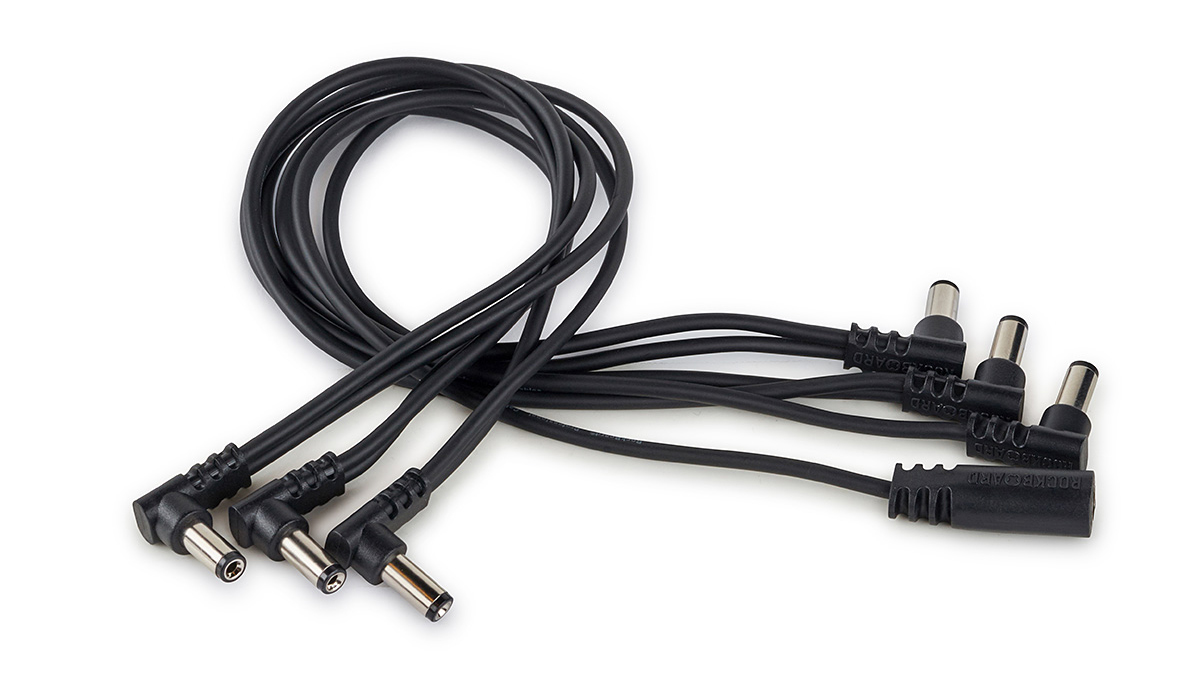
The vast majority of guitar pedals operate using a 9V DC power supply unit (PSU), yet as your collection grows, you’ll find locating multiple power sources for more pedals is a chore. You could use large extension cables or, if you’re clever, you’ll switch to using 9v daisy chain cabling.
Get The Pick Newsletter
All the latest guitar news, interviews, lessons, reviews, deals and more, direct to your inbox!
The premise is simple; you connect the first pedal in your chain to the PSU, and then each subsequent pedal connects to that same PSU using a special cable. Typically, you can run up to five separate pedals using this method, which further reduces the amount of equipment (and hassle) if you’re out on the road.
Pedal Tuners
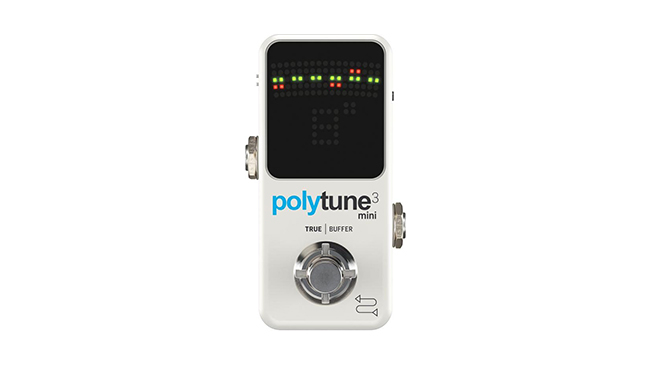
As perhaps the most unappreciated component of a guitarists’ rig, the humble tuner is arguably one of the most important. Sure, you can opt to use a headstock-mounted tuner, but for simplicity and convenience we’d recommend investing in a pedal tuner.
There are some great options out there, from brands like Korg and TC Electronic, and they’ll quite happily sit at the start of your signal chain, giving you confidence the audience is hearing exactly what you want them to hear.
Battery Lights
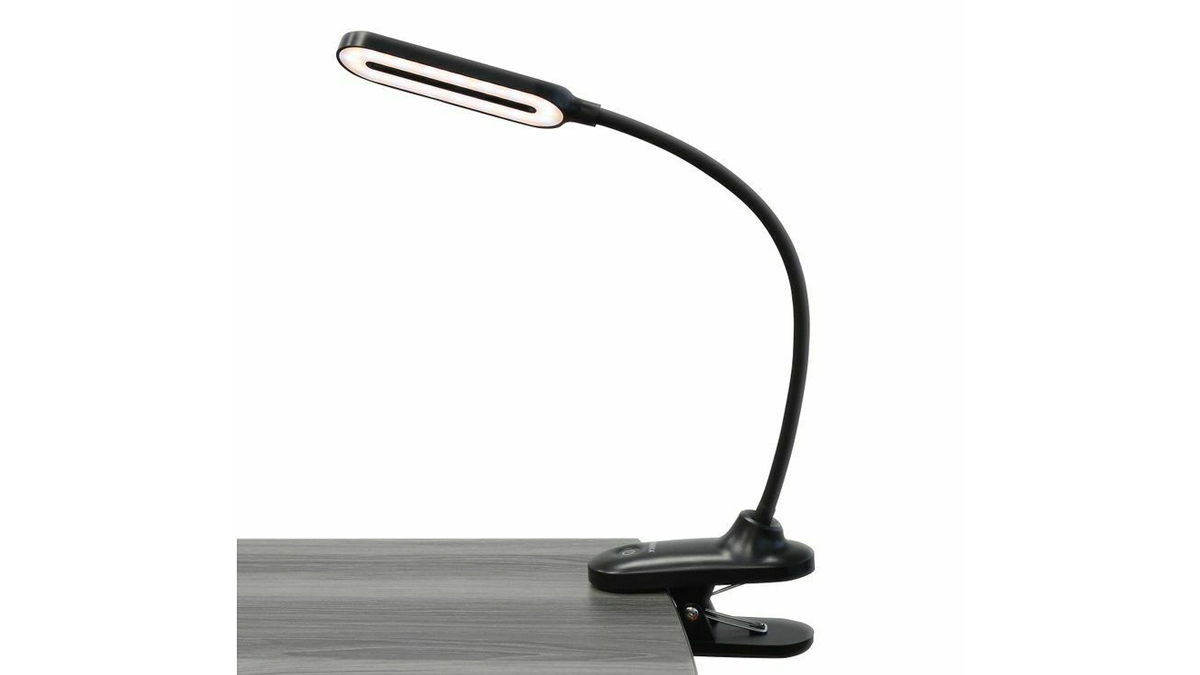
While it won’t have any effect on your tone, or your playing, a small battery powered light is a super-helpful addition to any pedalboard. This is particularly useful when playing live, as stages can be dark places so having a little help to make sure you’re tweaking the right settings is always a good thing.
Look for something small and unobtrusive, ideally with a gooseneck so you can angle the light exactly where it needs to be. It might not be particularly glamorous, but you can bet you’ll be glad you’ve got one.
Loop Pedals
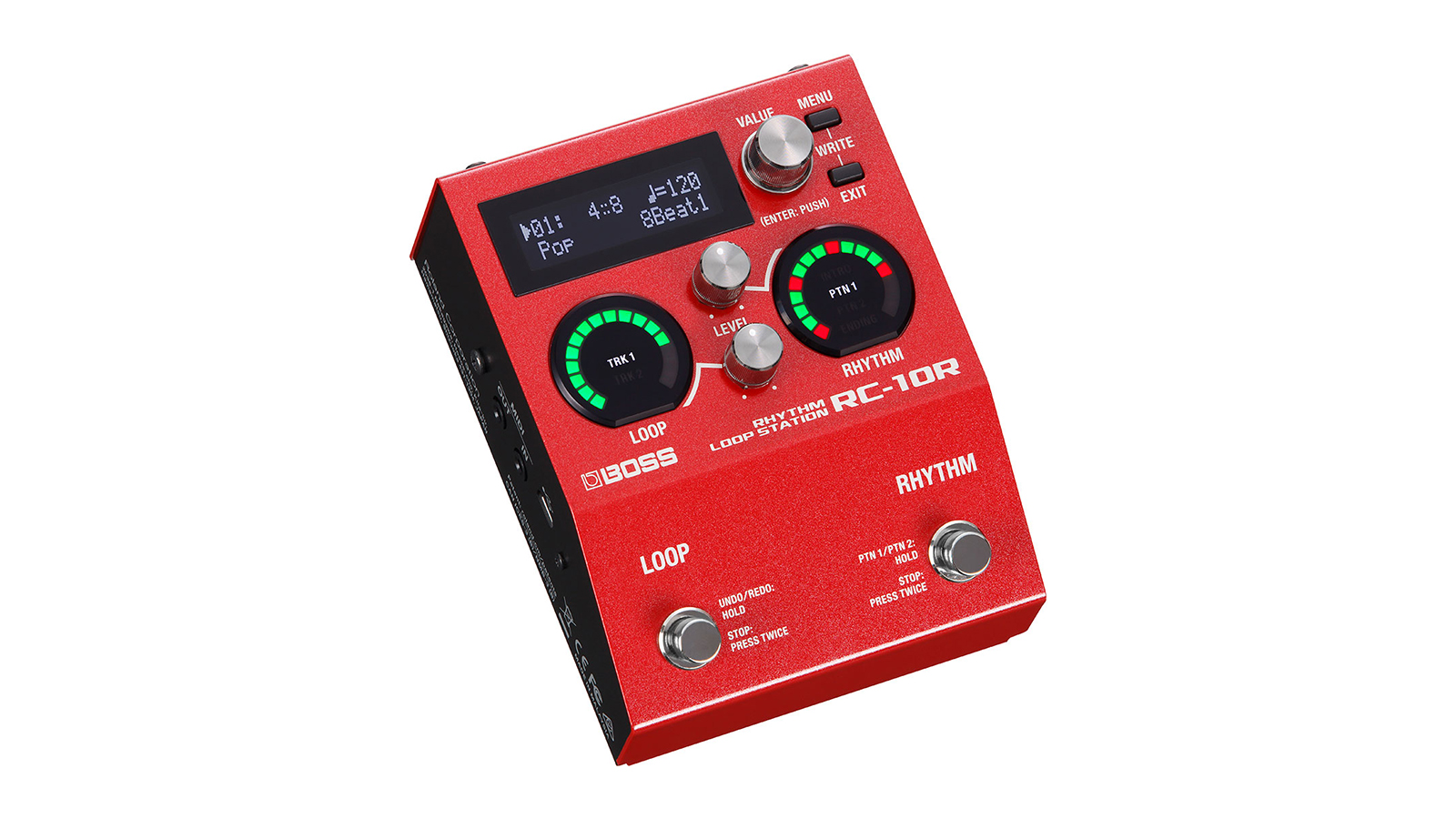
Adding a loop pedal to your rig opens up a whole new world of creative potential. As a practice tool, loop pedals help you keep your timing sharp and build up your improvisational chops. For the more experimental players, the ability to layer sounds on top of one another, while retaining control over each layer, offers up some wonderful possibilities.
At the entry-level end, you’ll find basic loop pedals which allow you to record, play and overdub music, while at the top end you’ll find loopers with multiple channels and the ability to sync with certain external gear using MIDI.
Pedalboard Cases
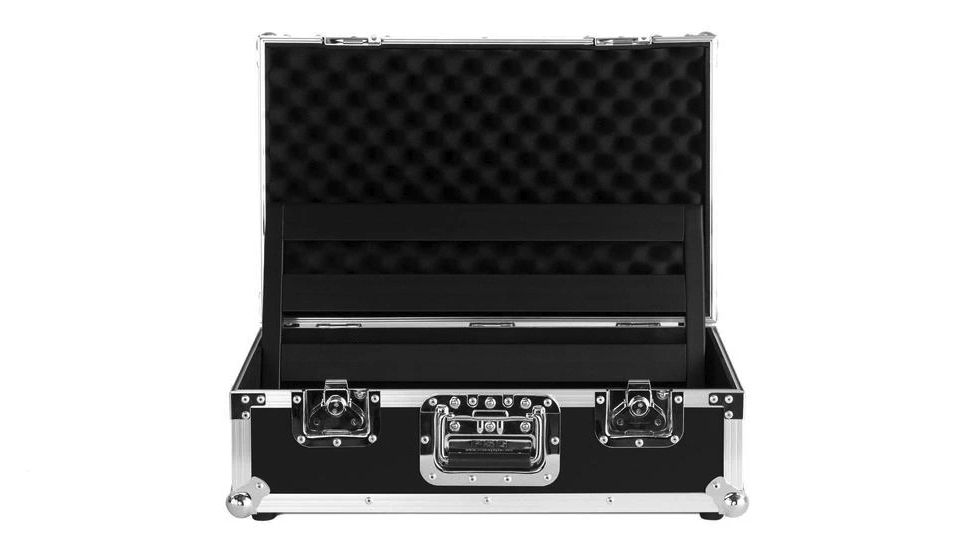
If you perform music regularly, you’ll know the hassle involved with packing up your pedal collection and all its cables, transporting them to the venue and then having to reinstall everything. Pedals get scuffed, cables get lost along the way and when the show’s done you have to repeat that entire process to get them home again.
A pedalboard case is the perfect answer, if all of that sounds familiar. Cases range from simple, soft versions right up to heavy-duty flight cases which could withstand all manner of abuse. It’s another unglamorous suggestion, but your pedals will thank you for it.
Pedal Tape
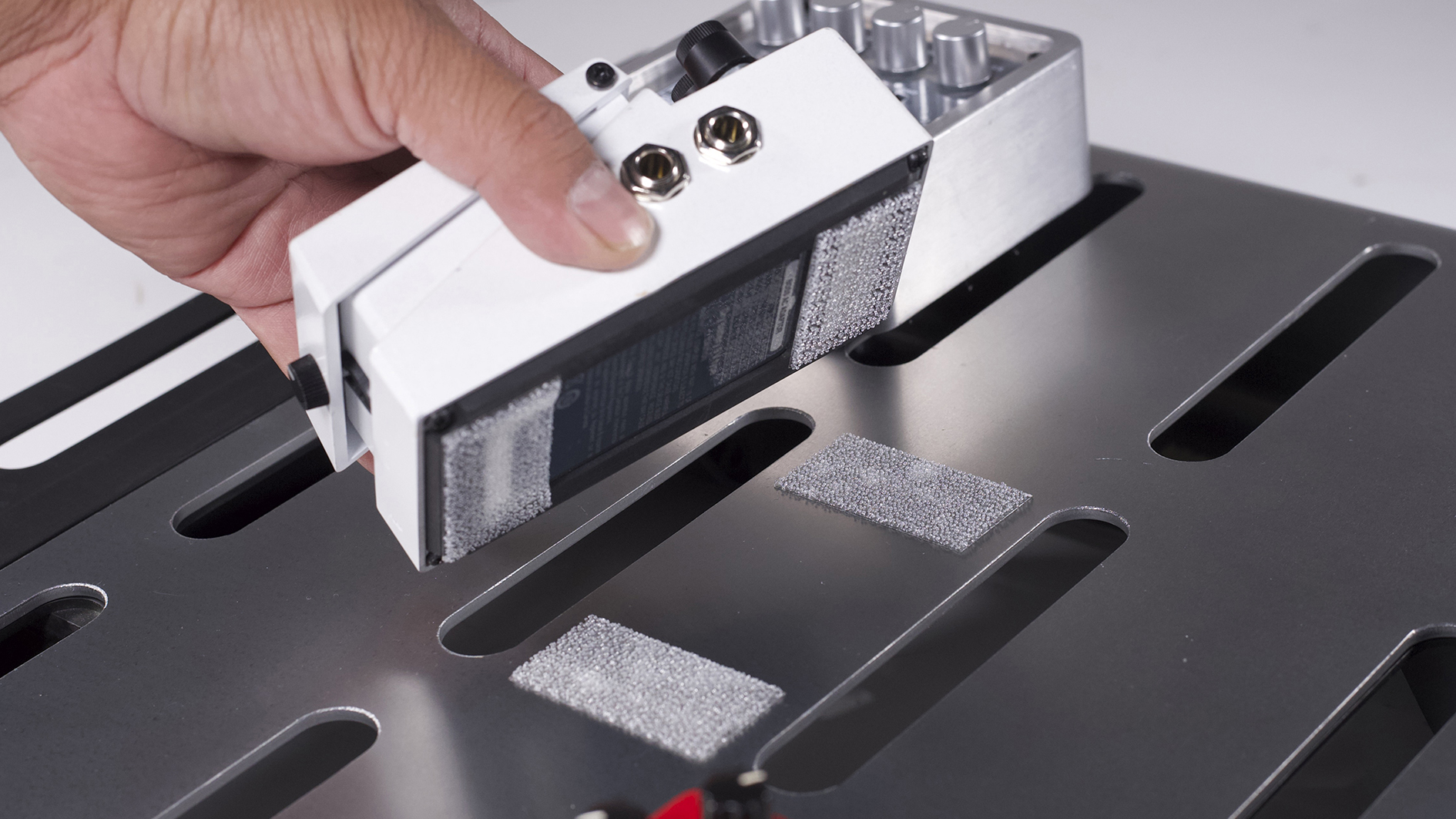
If you’ve gone down the route of using a dedicated pedalboard, you’ll know part of the battle is keeping the pedals from moving around. Most have some form of rubber on the bottom to help, but for a more permanent solution that will hold them in place you should consider using pedal tape.
Pedal tape is simple, inexpensive and allows you to secure your stomps onto the board with ease. As a hook and loop style of tape, you also gain the freedom to move your pedals around at will to accommodate those new additions to the rig.
Pedal Amps
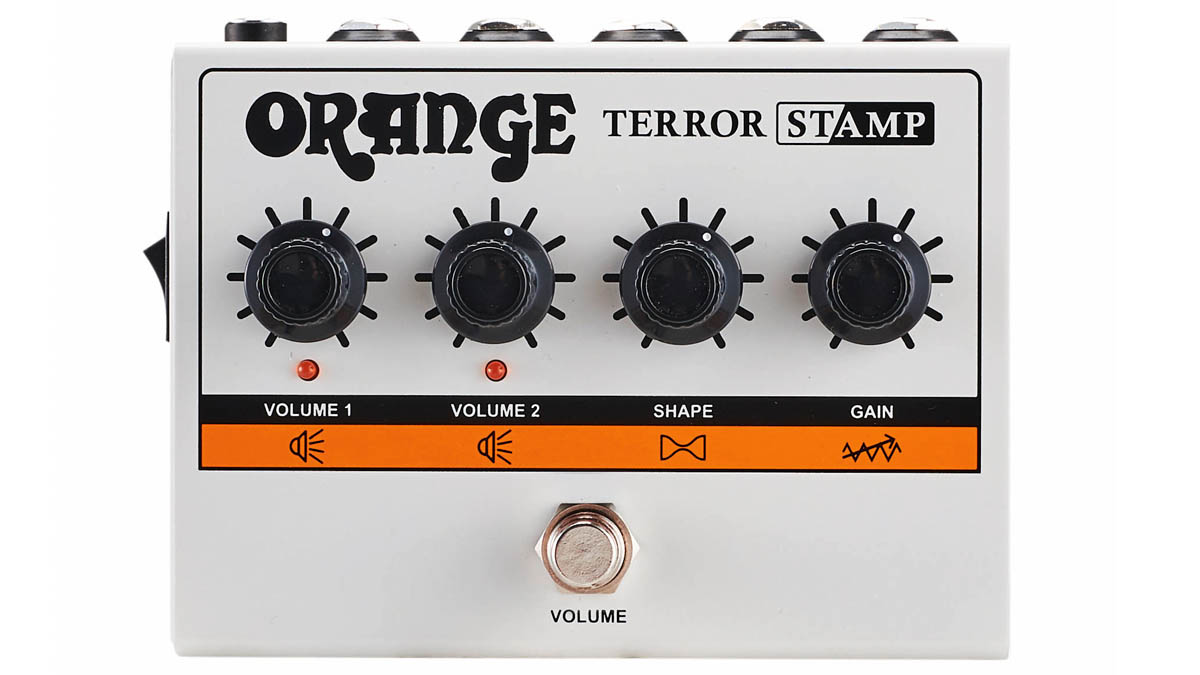
For certain shows, you might not require the use of your large tube amp. Step forward, pedal amps. These tiny stompbox-sized amps pack enough punch to power small speaker cabinets while some can output straight to the venue’s PA system. Pedal amps work well if your board already includes amp modelers, while their tonally clean nature means they allow your pedals to shine.
There are plenty of options out there, including superb models from Electro-Harmonix and Orange, which will significantly reduce the size of your performance rig.
Multi-Effects Pedals
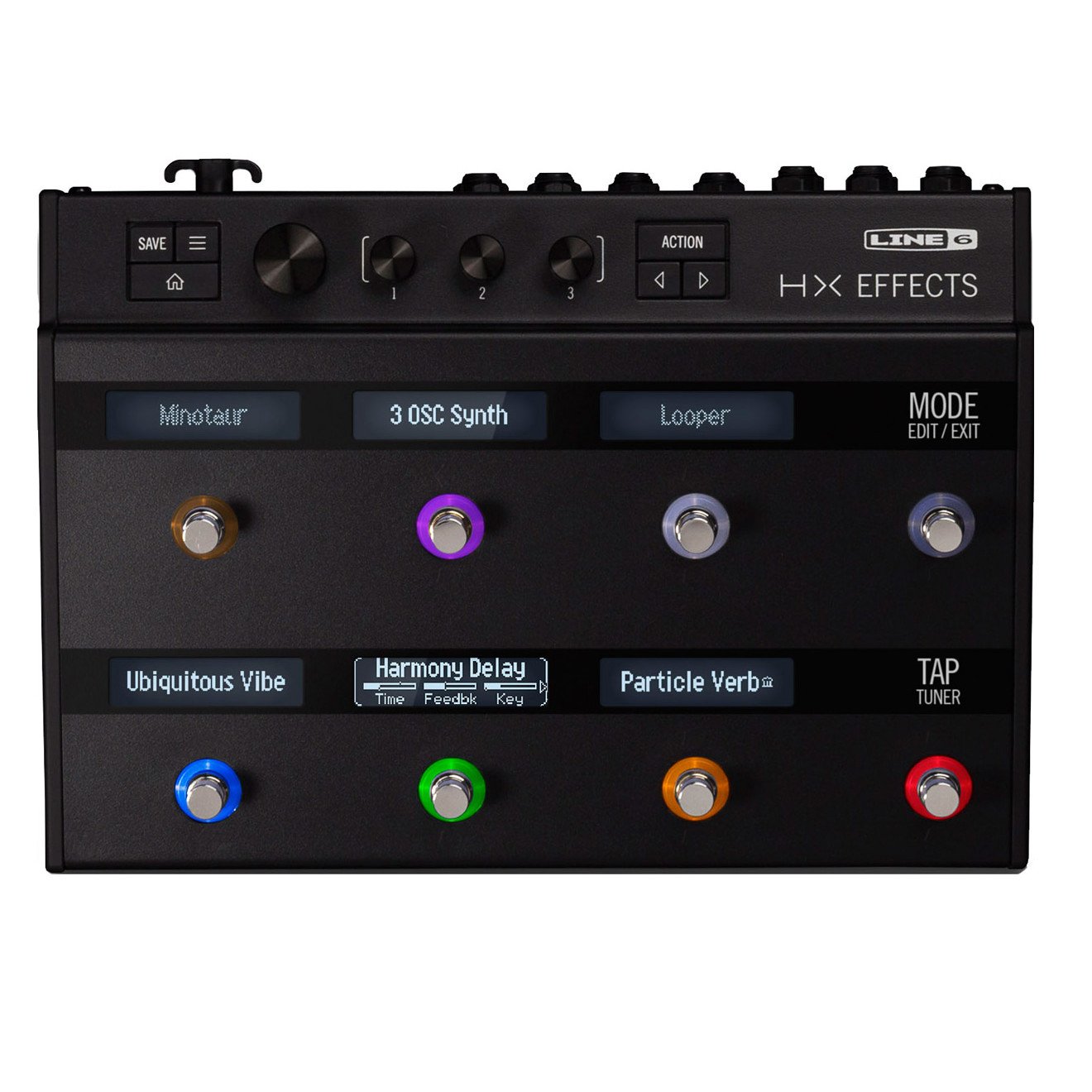
Our final suggestion comes in the form of multi-effects pedals. For the signature parts of your tone you’ll likely have found the perfect single pedal, but adding a small multi effects pedal to your arsenal gives you access to a world of tones which could be the missing pieces of the jigsaw.
Most multi-effects units also double as a tuner, while many modern units also offer looping functionality and the ability to connect up to a computer via USB.
Multi-effects units are perfect for practice and experimentation, and they also offer up a reliable backup in case you have problems with your main 'board.
Steadily building up a collection of guitar effects pedals over time is a joyous experience. Each new pedal increases the sonic possibilities available to you, and they’re a lot of fun to experiment with. We hope this guide has provided some useful options on those small additions that can upgrade, improve and enhance your board.
Chris Corfield is a journalist with over 12 years of experience writing for some of the music world's biggest brands including Orange Amplification, MusicRadar, Guitar World, Total Guitar and Dawsons Music. Chris loves getting nerdy about everything from guitar gear and synths, to microphones and music production hardware.
“An all-in-one power solution, on or off the grid”: D’Addario’s rechargeable XPND Pedal Power promises to make your ’board more portable – but only if you daisy chain
“Our new power supplies are about as state-of-the-art as you can get”: How Truetone’s game-changing 1 Spot Pro series is continuing to provide pro pedalboard power to the masses with the new CS11 and XP5

![A black-and-white action shot of Sergeant Thunderhoof perform live: [from left] Mark Sayer, Dan Flitcroft, Jim Camp and Josh Gallop](https://cdn.mos.cms.futurecdn.net/am3UhJbsxAE239XRRZ8zC8.jpg)









